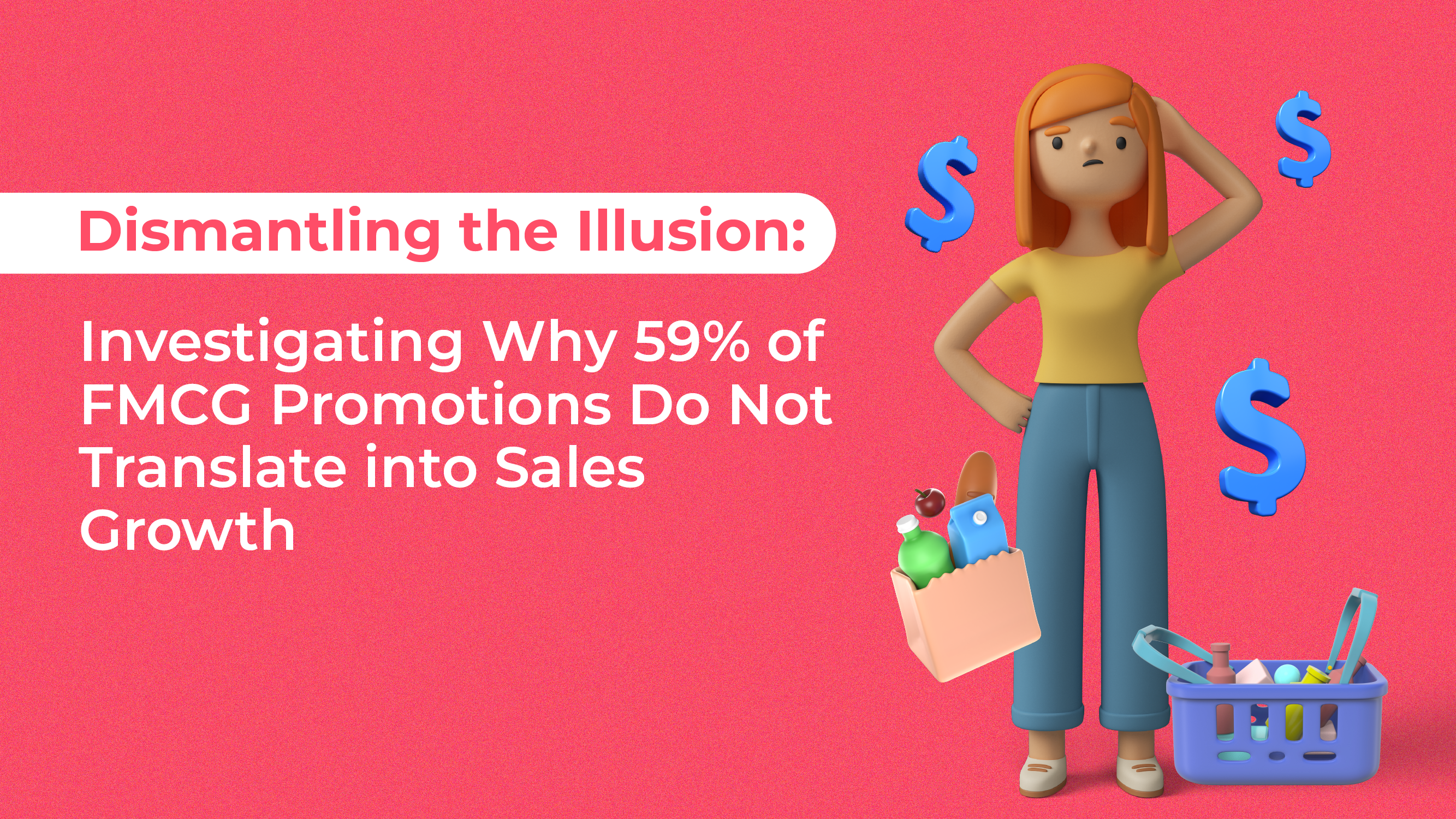Don’t underestimate the importance of your restaurant menu. It needs to be a comprehensive overview of your dishes and be able to communicate how delicious your dishes are, all at the same time. As a restaurant owner myself, I have experimented with different menu formats over the years and have some bulletproof tips to make your menu mouth-watering and your food simply irresistible!
1. Placement is Key

From my experience, menu placements matter more than you think. Restaurant owners should place their more popular on profitable dishes on the upper right hand corner, where our eyes naturally drift to first, and move the “Regular” dishes to the lower left hand corner.
Delifrance follows this placement rule closely by locating their popular Les Sandwiches on the upper right hand corner and leaving their regular main lasagne in the bottom left hand corner.
However, you can also consider sequencing your dishes in a more logical manner. Starting of with clearly labelled sections of appetisers, mains and ending off with drinks and deserts, your menu items should sit in a logical flow either horizontally or vertically. This is easier for your consumer’s eyes to follow and makes deciding easier.
Alt. Pizza does this in a really cheeky manner with their appetizers labelled as “Frills with Thrills” followed by their mains, the pizza, and ending off with deserts labelled as “The Send Off”.

2. More Photos, Less Words
Millennials are becoming an increasingly large demographic of restaurant diners. This then makes sense to adjust our menus to better capture their attention and make their mouth water. Even Singaporeans in general with their fast-paced lifestyle prefer to decide on their next meal with a glance of your menu instead of wasting time mulling over wordy descriptions.

Fish Tales has already tapped into this demographic with short descriptions of their dishes and central mouth watering pictures of their food. Don’t you think this presents the food as more enticing already?
Most importantly – it is much easier for customers to decide on what they want by gauging with pictures instead of words. Descriptions are merely reserved for listing ingredients.
3. Draw Your Customers In!
Want to get your customers intrigued and talking about the dishes on your menu? Come up with innovative names that will capture their attention and leave them wanting to know more. Use abbreviations and questions to name your dishes instead of merely stating what the dish is.
For example, instead of labelling your Fish & Chips as merely “Fish & Chips” you can instead call it “Chips Ahoy!” or “Oh My Cod!”
4. Be Inclusive
Remember to clearly label each dish according to your customer’s dietary requirements. Key menu labelling requirements are seen in the image below – choose them according to what your restaurant is selling!
Considering your customer’s dietary requirements will make them feel taken care of and save them the hassle of asking your staff whether it is safe for them to eat. Plus, this is easier than say having a separate vegetarian section especially when you are working with a smaller menu.
You can even indicate spice levels on your menu with the number of chilies

 if you are serving up some seriously spicy dishes! Consider also singling out your best sellers with a
if you are serving up some seriously spicy dishes! Consider also singling out your best sellers with a  sign.
sign.
Actionable Takeaway:There is a lot of thought that goes into your menu so make sure you as a restaurant owner are actively involved in it’s construction! It not only has to look aesthetically pleasing but be thoughtful and cater to different demographic of customers.







